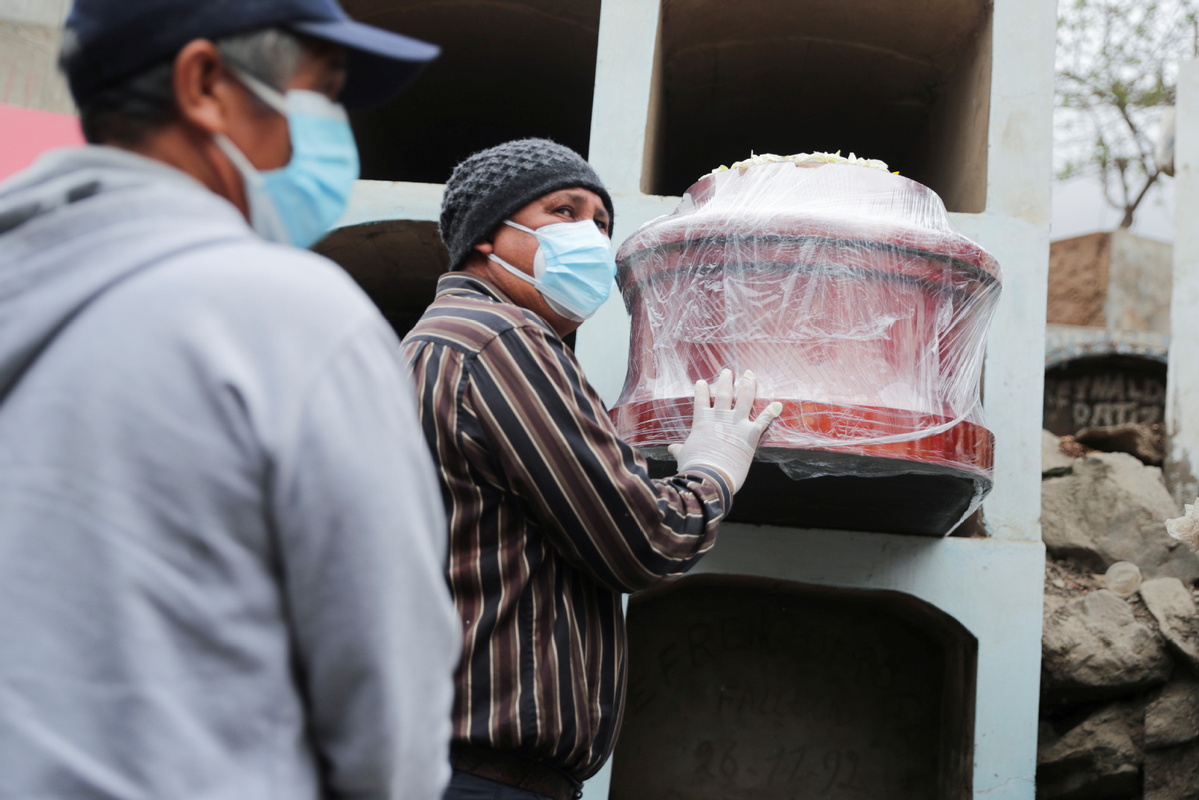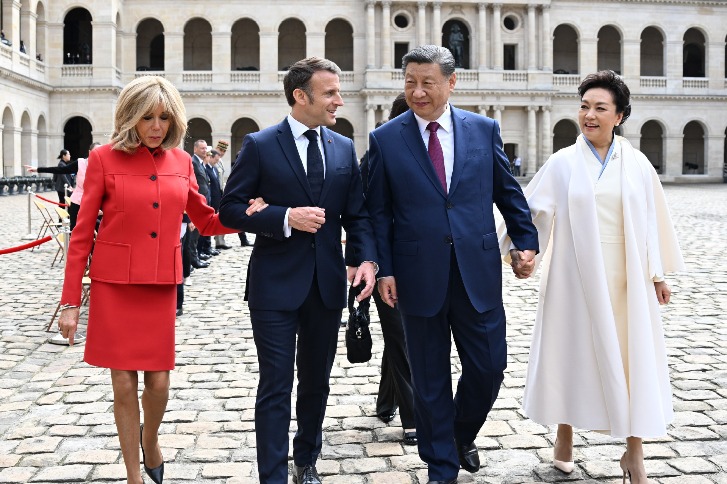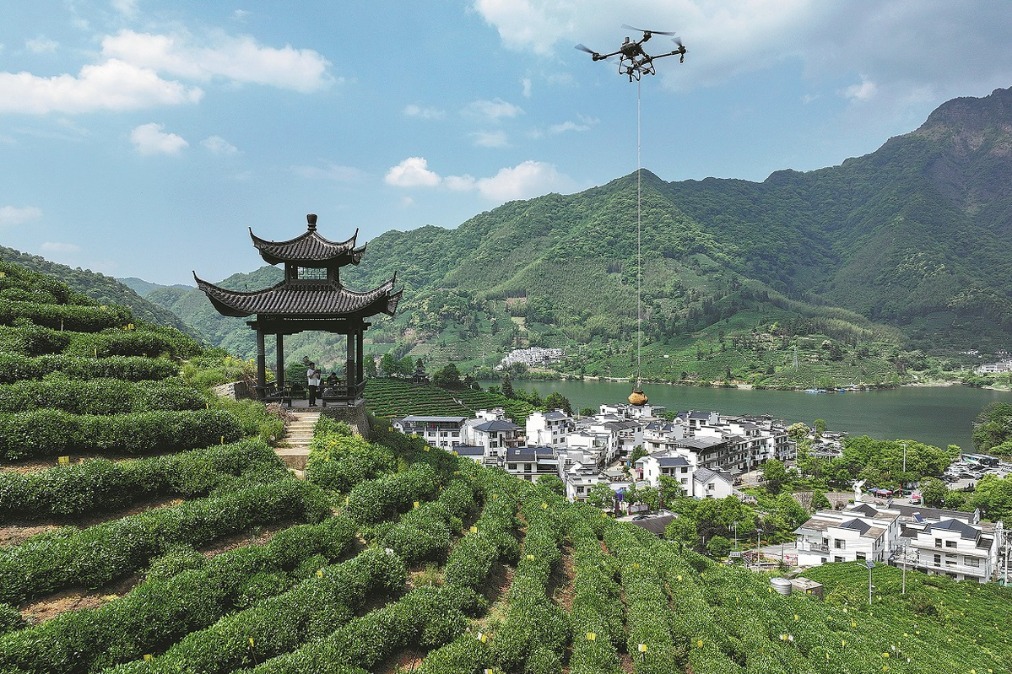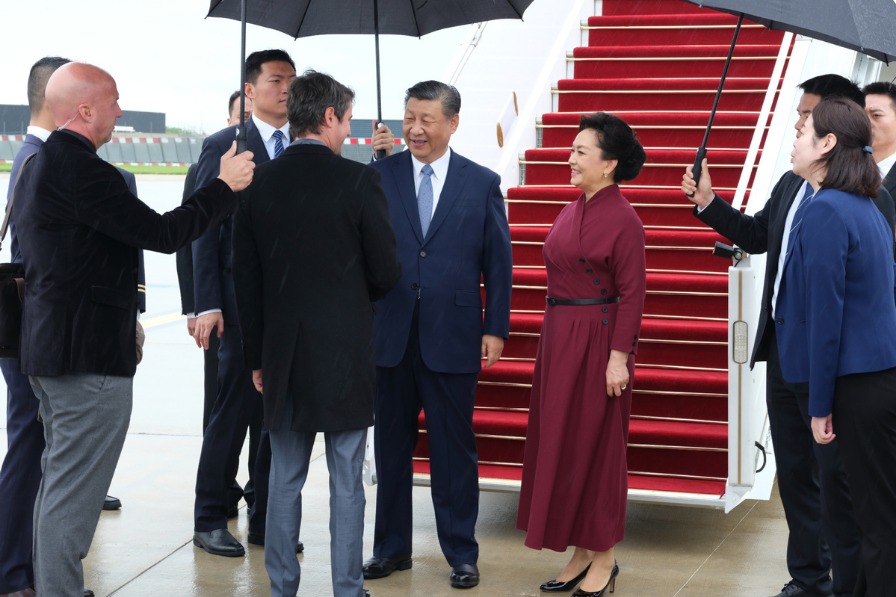With world's highest COVID-19 death rate per capita, Peru in dire need of medical aids
By SERGIO HELD in Cajica, Colombia | chinadaily.com.cn | Updated: 2021-06-03 18:24

Lack of medical oxygen supplies and inadequate testing and monitoring facilities are behind the world's highest COVID-19 mortality rate in Peru, according to experts.
Peru needs such resources as medical oxygen and ICU facilities, said Hildebrando Cahuana Segovia, former General Director of the Academy of Public Policies in Peru. Moreover, "Peru needs an early detection policy with molecular testing, isolation, and targeted monitoring."
The ancient South American country of around 35 million people now tops the world's per capita death toll after the authorities on May 31 revised its national COVID-19 death toll to 180,764, compared with 69,342 fatalities reported as of May 30.
Marushka Chocobar, president of the technical working group set to clarify the actual death toll, said the working group applied seven "technical criteria" and a new tool called Noti-Sinadef for the count, making it possible to have a real and "closer daily figure of what is happening in the country" regarding the pandemic.
With its updated death toll, Peru now stands at more than 500 COVID-19 deaths per 100,000 people.
"I believe that the correction of the figures was something triggered by civil society… domestic and international media outlets reported for a long time the underreporting of deaths, which was something that the open data was also showing," Patrick Wieghardt, a bioinformatics expert and co-founder of OpenCovid-Peru, a COVID-19 data tracker, said from Lima.
Wieghardt was a member of a group of nine experts assembled by the government to review all data available from official bodies and reporting mechanisms.
He believes that the country's various government bodies could have done more to truly understand the impact of the pandemic.
"We think it is our duty to make public this updated information," said Peru Prime Minister Violeta Bermúdez who has assumed officed since November 2020 at a news conference announcing the result of the review.
"It is important to know what the truth is, despite how hard it may be, in order to make informed decisions and to respond, as a state, to our obligations to the children and adolescents who lost their parents to this pandemic," the prime minister said.
Minister of Health Oscar Ugarte promised that the government will immediately move to implement the recommendations.
Cahuana of the Public Policies Academy, also general manager of the CAHUANA Company, said the country with a rather diversely settled population has been in dire need of medical oxygen and other medical facilities since last summer when many doctors succumbed to the pandemic.
Nowadays, apart from receiving assistance from other countries and international organizations, the country should also engage in targeted quarantine with broad citizen participation to minimize the casualties, he commented.
When the discrepancy began to be seen worldwide, all countries began to correct it, Wieghardt noted. "Since May 2020 it was known in Peru that the way of reporting the information was wrong, because they only reported the cases of the people who died the day before," he said.
Throughout the pandemic, countries with high testing capacity have been able to report deaths among those laboratory-confirmed with fairly good coverage. However, countries where PCR testing is limited face additional challenges to confirm COVID-19 as a cause of death," explained Mateo Prochazka, an epidemiologist who provided feedback to the expert group, in a tweet.
"Attributing COVID-19 as the cause of death is no small feat: In countries with strained hospital capacity, not all excess deaths are directly due to COVID-19. In Peru, health-system collapse during both waves has also led to non-COVID preventable deaths."
Adjusting data to accurately reflect the impact of COVID-19 can help countries improve their pandemic control measures and assess their response.
One factor complicating the country's pandemic response is an ongoing political crisis. The country has had three presidents since the pandemic began in early 2020. Runoff presidential elections are scheduled for June 6.
"This is a transitional government, elected by the Congress, which decided to take this step. It invited a number of experts, did a study and came up with the figures we know, tripling the original ones," said Ramon Abasolo, a lawyer and political analyst in Lima.
The underreporting in Peru may not be an isolated case. According to the World Health Organization, official figures of contagions and deaths may be different than the reality on the ground in some countries.
"Available evidence from the countries with rapid mortality surveillance systems suggests that in many locations the reported number of COVID-19 deaths is a significant undercount of the full toll of the pandemic, and the estimated excess mortality can be many times higher," said the WHO in its World Health Statistics Report 2021 published on May 26.
The WHO said that a "tentative extrapolation" of data from the Americas and Europe "suggests that globally, over 3 million excess deaths attributable to the COVID-19 pandemic occurred in the year 2020". The estimate will be over 1.2 million deaths more than the reported toll of 1.8 million worldwide. However, further data collection and additional statistical modelling are needed to refine this estimate.
For many in Peru, the new figures are not surprising.
"We've been announcing this for months," Congressman Franco Salinas said. "This is the product of negligence in the handling of the pandemic. It is distressing that there have been tens of thousands of families crying in silence, because they were not formally considered."
Peru is now ramping up purchases of vaccines in an effort to catch up with other countries and bring the pandemic under control. The country has obtained vaccines from China's Sinovac Biotech and Sinopharm, among others.
The writer is a freelance journalist for China Daily.
Xu Weiwei and Wen Zongduo in Hong Kong and Xinhua contributed to the report.
























